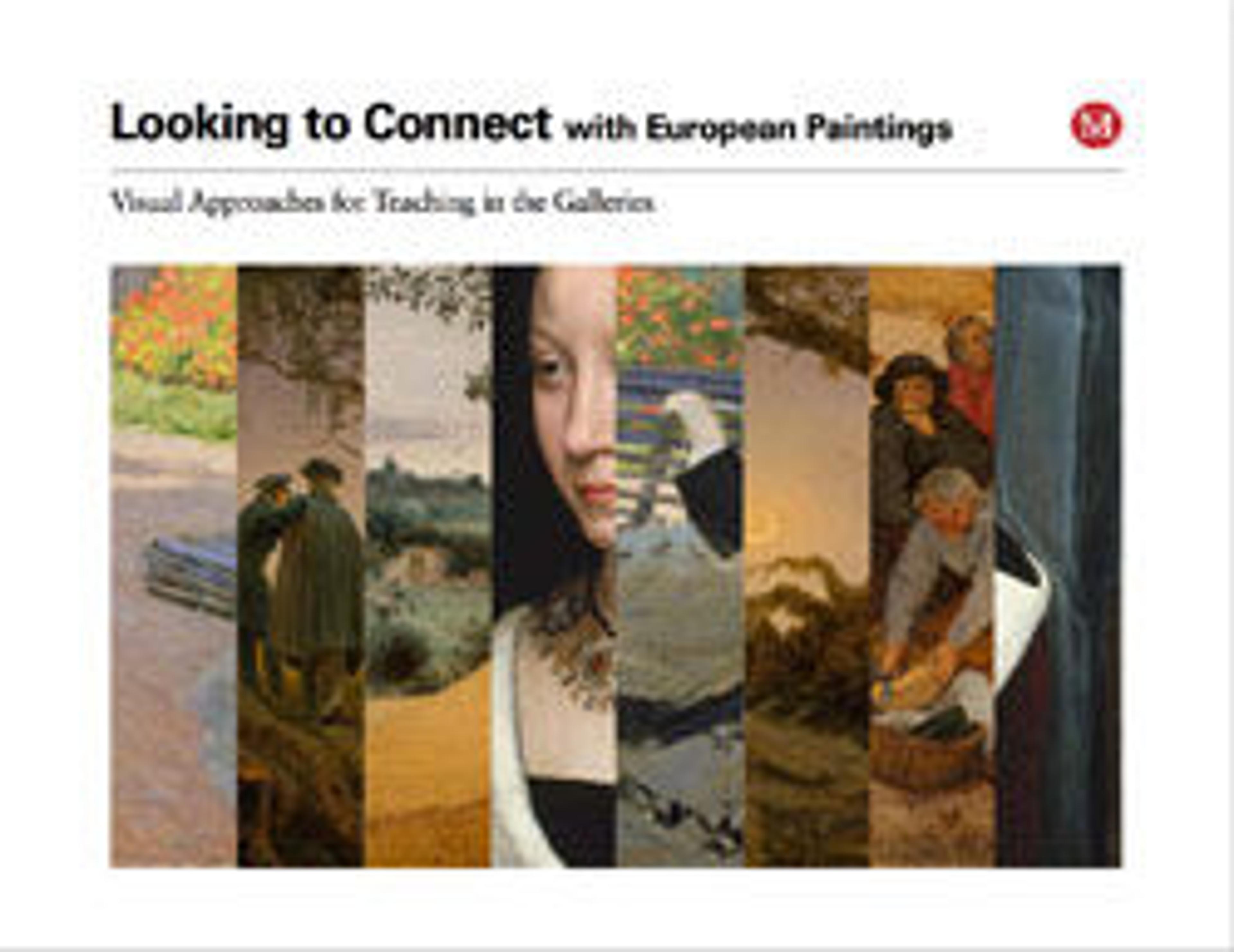The Penitent Magdalen
With its extreme contrasts of candlelight and shadow, pared-down geometry, and meditative mood, this painting exemplifies La Tour’s painting at its most accomplished and characteristic. These visual qualities were a powerful countertrend to Baroque painting’s typical pomp and showiness. A native of the duchy of Lorraine in eastern present-day France, La Tour was indebted to Caravaggesque painting, but tended toward even more simplified forms. The quiet atmosphere of this painting perfectly fits the subject, Mary Magdalen, who renounced the pleasures of the flesh for a life of penance and contemplation. She is shown with a mirror, symbol of vanity; a skull, emblem of mortality; and a candle that probably references her spiritual enlightenment.
Artwork Details
- Title: The Penitent Magdalen
- Artist: Georges de La Tour (French, Vic-sur-Seille 1593–1652 Lunéville)
- Date: ca. 1640
- Medium: Oil on canvas
- Dimensions: 52 1/2 x 40 1/4 in. (133.4 x 102.2 cm)
- Classification: Paintings
- Credit Line: Gift of Mr. and Mrs. Charles Wrightsman, 1978
- Object Number: 1978.517
- Curatorial Department: European Paintings
More Artwork
Research Resources
The Met provides unparalleled resources for research and welcomes an international community of students and scholars. The Met's Open Access API is where creators and researchers can connect to the The Met collection. Open Access data and public domain images are available for unrestricted commercial and noncommercial use without permission or fee.
To request images under copyright and other restrictions, please use this Image Request form.
Feedback
We continue to research and examine historical and cultural context for objects in The Met collection. If you have comments or questions about this object record, please contact us using the form below. The Museum looks forward to receiving your comments.
